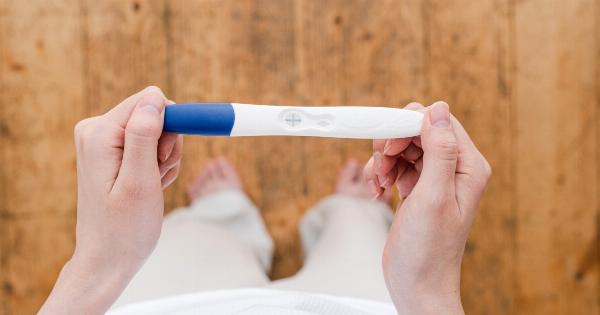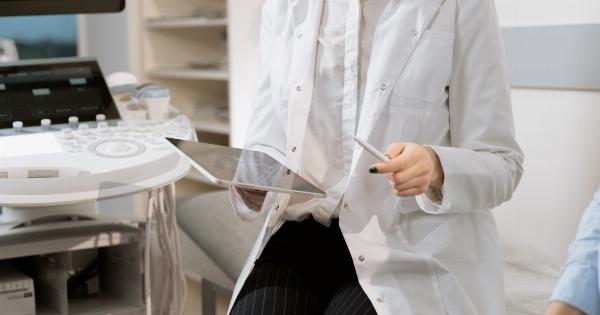Human Papillomavirus, or HPV, is a common sexually transmitted infection (STI). It affects both men and women and can lead to the development of genital warts and certain types of cancer.
In this article, we’ll discuss some of the common misconceptions about HPV and warts and provide you with the truth about this often misunderstood condition.
What is HPV?
HPV is a virus that can be transmitted through skin-to-skin contact, typically during sexual activity. There are over 100 different types of HPV, some of which can lead to cancer.
However, most types of HPV do not cause any symptoms and go away on their own without causing any harm.
What are the symptoms of HPV?
Most people with HPV do not experience any symptoms. However, some types of HPV can cause genital warts, which are small bumps that appear in the genital and anal areas. These warts can be itchy and uncomfortable, but they are not usually painful.
Some types of HPV can also cause changes to the cells of the cervix, which can lead to cervical cancer in women. Other types of HPV can cause cancer of the anus, penis, or throat in both men and women.
How is HPV diagnosed?
HPV can be diagnosed through a Pap test or HPV test in women. For men, there is currently no approved test for HPV. However, a doctor can visually diagnose genital warts during a physical exam.
Can HPV be treated?
There is no cure for HPV, but many cases of the virus will go away on their own without treatment. Genital warts can be treated with topical creams or other medications.
For some people with HPV-related cancer, treatment may involve surgery, chemotherapy, or radiation therapy.
Can HPV be prevented?
There are a number of ways to reduce your risk of contracting HPV:.
- Get vaccinated – the HPV vaccine is recommended for both males and females at age 11-12, but can be given up to age 45.
- Use condoms – while condoms cannot completely protect against HPV, they can reduce the risk of transmission.
- Limit sexual partners – having multiple sexual partners increases the risk of HPV transmission.
- Get regular Pap tests – Pap tests can detect changes to the cells of the cervix before they become cancerous.
What are some common misconceptions about HPV?
There are many misconceptions about HPV, including:.
- Only women can get HPV – both men and women can contract HPV.
- Only people who have multiple sexual partners get HPV – anyone who is sexually active can get HPV.
- You can tell if someone has HPV by looking at them – most people with HPV do not have any symptoms.
- HPV always causes cancer – while some types of HPV can lead to cancer, most cases of the virus do not result in cancer.
- If you have HPV, you must have been promiscuous – anyone who is sexually active can contract HPV, regardless of their number of sexual partners.
Conclusion
HPV is a common and often misunderstood sexually transmitted infection. While most cases of HPV do not cause any symptoms and go away on their own, some types of the virus can lead to genital warts and certain types of cancer.
Vaccination, condom use, and limiting sexual partners can all help reduce your risk of contracting HPV. If you are sexually active, it’s important to talk with your doctor about HPV and ways to reduce your risk of infection.





























